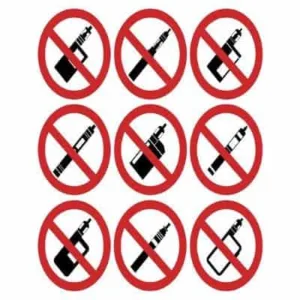Ontario government set to ban vape advertising in gas stations and convenience stores
The Province of Ontario has announced its plans to place a ban on advertising of any vaping-related products inside of variety stores and convenience stores. This ban is set to be in place on January 1, 2020. This ban is set up to regulate advertising in areas where the general public has access. It will … Read more











